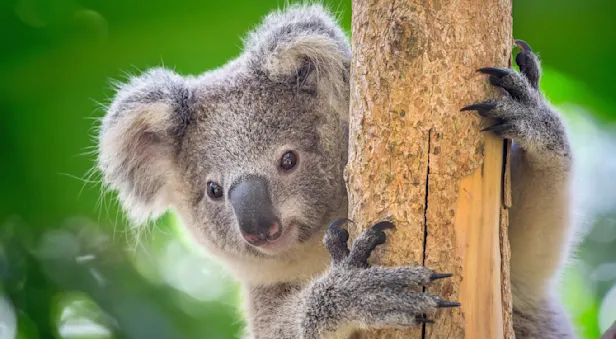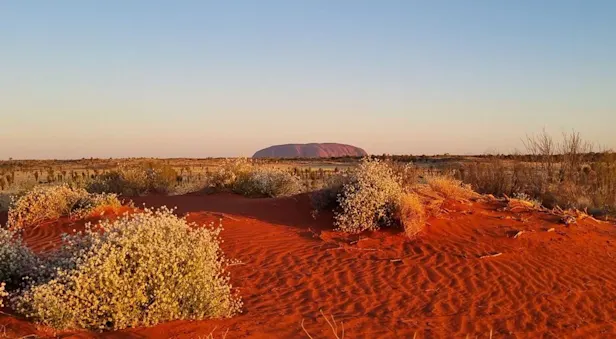
Know Before You Go


Tasmanian Devil Facts | Australia South Wildlife Guide
Tasmanian devils—also referred to as the hyenas of Australia—are the largest carnivorous marsupials on the planet. They inhabit the outskirts of urban areas, sclerophyll forests and coastal woodlands. While these environments tend to be arid and treeless, devils are engineered to run up to eight miles per hour, climb trees and even swim. And like elephants, devils keep cool by diverting blood flow to their ears. Coupled with a keen sense of smell, devils are voracious scavengers, tracking both living and dead wombats, wallabies, sheep and rabbits.
Adult devils grow to the size of a small dog but possess a much stronger bite; they have the strongest mammalian bite in the world! It comes as no surprise that their scientific classification, Sarcophilus harrisii, is Greek for “flesh loving.” The most famous Tasmanian devil characteristic is its feisty personality. When threatened, devils will lunge at the predator—shrieking, baring its teeth and spinning around in circles. Devils also exhibit these defensive behaviors when searching for a mate and warding off other devils from stealing their carcass meal. Both male and female Tasmanian devils build nests from the surrounding flora, which they inhabit throughout the day. Females give birth to 20 to 30 raisin-sized babies that crawl up the mother's fur, into the pouch, where they remain for roughly 100 days.
According to the species Red List developed by the International Union for Conservation of Nature (IUCN), Tasmanian devils are endangered. In the mid-1990s a disease was detected in devils that is transmittable via biting, which is common amongst devils when mating or fighting. The disease causes facial tumors, making it difficult for devils to eat, eventually killing them within 6 months to a year. Currently, there is no cure or vaccine. Other threats to Tasmanian devils include attacks by domestic dogs, habitat loss and obstructive human activities.
See Australian Animals on These Trips

Australia South: Tasmania, Kangaroo Island & the Great Ocean Road
Discover the diverse landscapes and ecology of far-south Australia as we explore four national parks and a host of private nature reserves teeming with endemic and endangered wildlife.


Australia North: Kakadu, Kimberley & the Outback
Journey to the back of beyond on this singular itinerary that connects three of Australia’s most remote tracts of untouched wilderness via private chartered flights—plus a luxury train trip on The Ghan.































